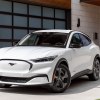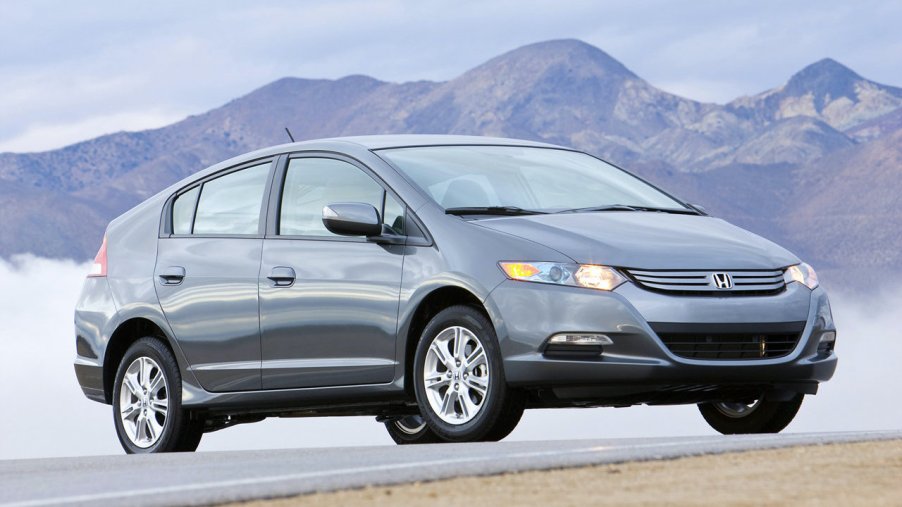
Fuel-Saver Flashback: Second-Generation Honda Insight
Upon first glance, you might look at the 2010-2014 Honda Insight and think that Honda was copying the Toyota Prius to a T. In some ways, you would be correct. But a closer look reveals that Honda had a method their madness in creating this iteration of their fuel-saver passenger hauler. Let’s take a look back at the second-generation Honda Insight.
History
Ever since the first-generation, two-seat Honda Insight debuted in 1999 and the Prius debuted in early 2000, it seems that Honda and Toyota always duked it out over who could make the better hybrid car. And while Honda always went toward using lighter weight and aerodynamics to get the best mileage, Toyota spent more time working on their hybrid technology and obtaining far-better and more-reliable fuel economy, hence their continued success with the Prius.
The first-generation Insight retreated into the shadows in 2006 only to change shape and re-emerge as a four-door hatchback for the 2010 model year. Curiously, though, it looked a lot like the second-generation Prius. Honda’s intention with its new Insight was to provide more room for five-passengers while obtaining the best mileage possible using a revised version of the “mild hybrid” technology that they used in the first Insight. After only four years of production, the Honda Insight bowed out again, only to return in 2019.
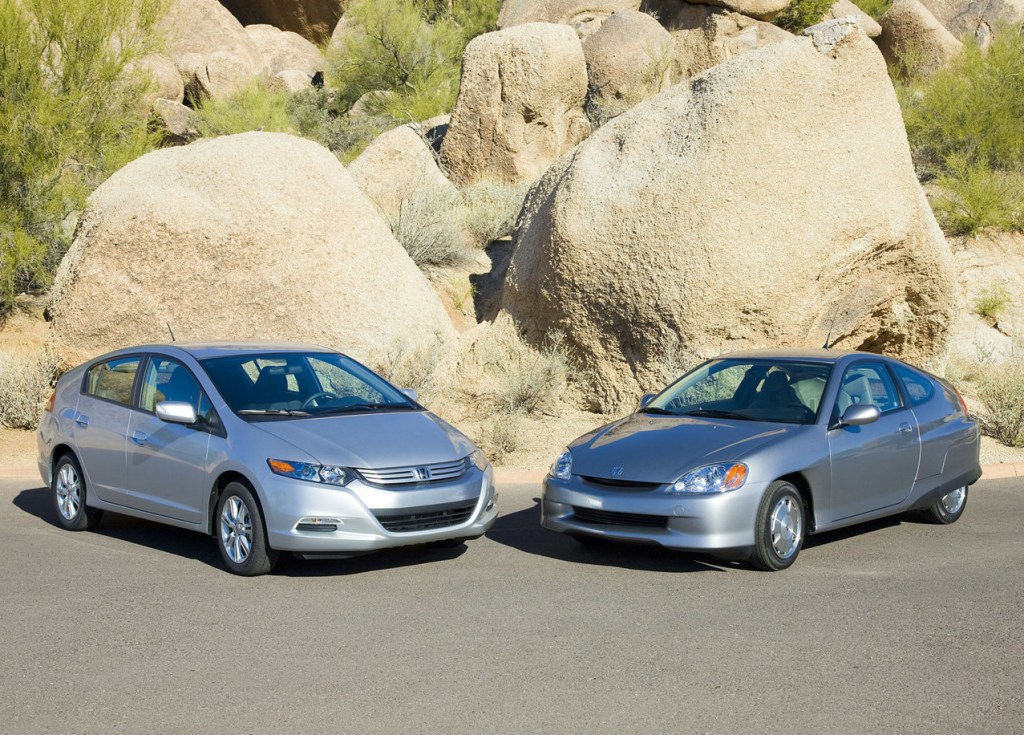
Powertrain
The 2010-2014 Honda Insight was powered by a 1.3-liter, i-VTEC that’s teamed up with a 10-kilowatt electric motor and produced a combined 98 horsepower and 123 lb-ft of torque. Unlike its rival Prius, the Insight’s powertrain did not operate on electric-only power at low speeds. Instead, it utilized Honda’s Integrated Motor Assist (IMA) in which the electric motor was only utilized for power assistance, such as hard acceleration, to provide power and save fuel. The powerplant was connected to a CVT transmission and fed off a nickel-metal hydride battery pack.
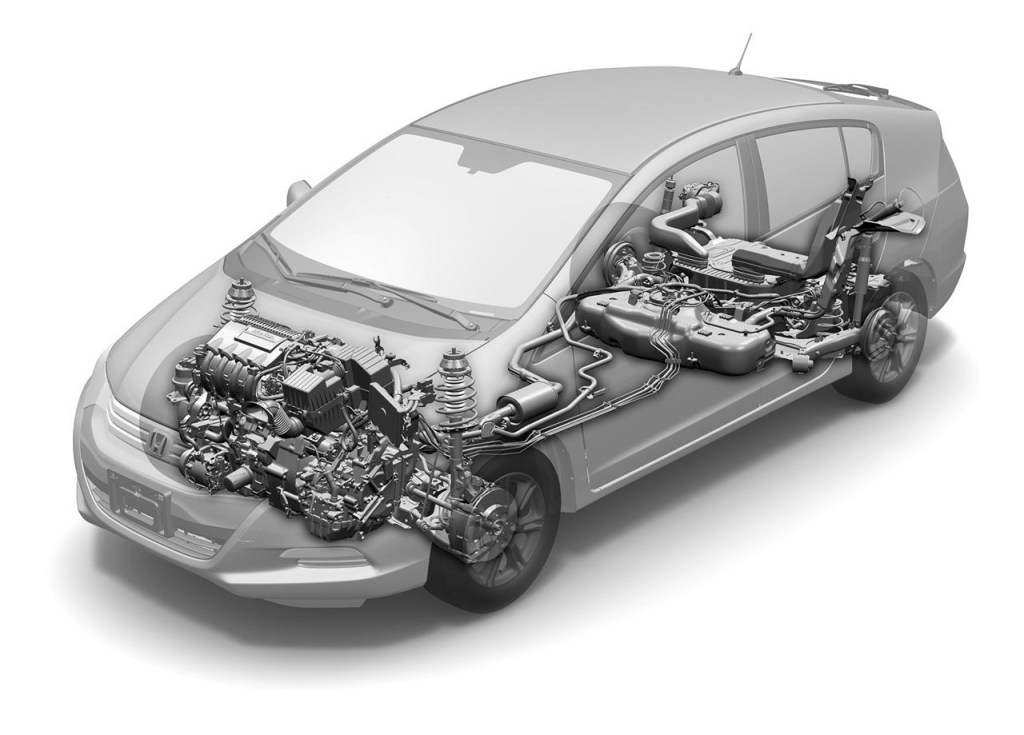
Design
We like to refer to the tear-drop, five-door body style as the “hybrid shape,” and apparently that’s what Honda was going for with the second-generation Insight. In actuality, they designed the Insight in a very similar way to the Prius at the time because it promoted the best aerodynamics and also the best marketability.
According to Yasunari Seki, Honda Insight Project Leader, “The reason we chose a five-door hatchback was that we wanted the car to be popular in Europe. American Honda – the biggest market – asked us to build a car with a boot, but we decided on a five-door design because to compete with other green cars and sell more in Europe, it had to be a five-door hatchback. Of course, aerodynamically it is also a more favorable shape.”
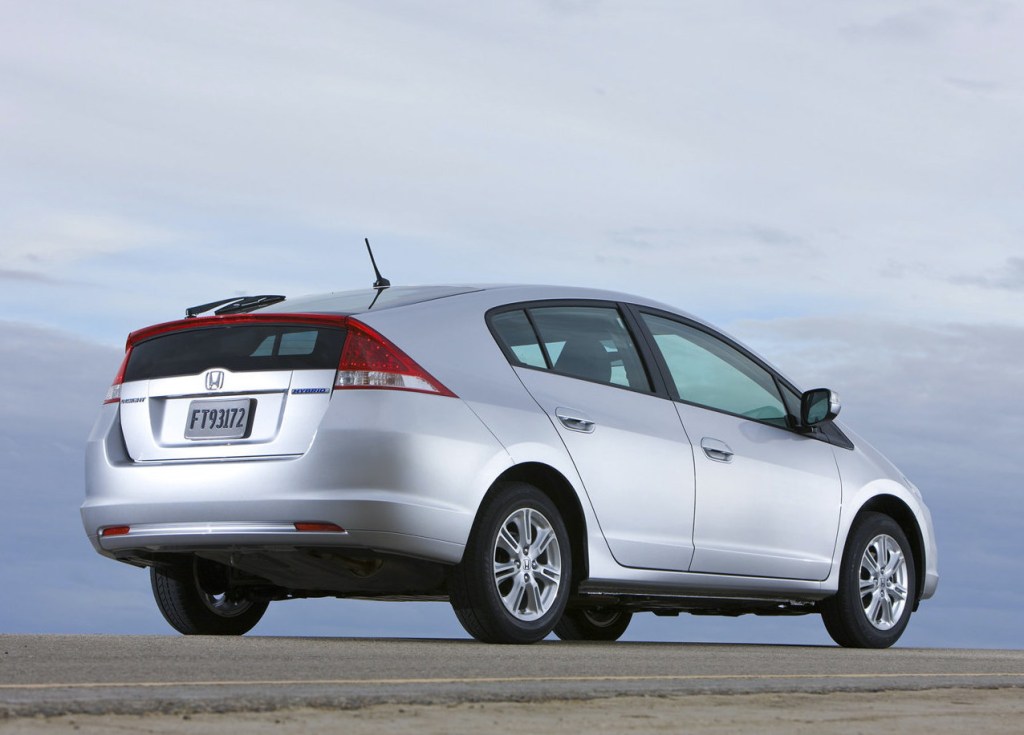
Fuel Economy
Of course, the more important part of any hybrid car is the fuel economy numbers. The second-generation Insight achieved 40 mpg in the city and 43 mpg on the highway. Comparably, the 2010 Toyota Prius obtained 51 in the city and 48 on the highway. While the Honda Insight put up a good fight, it seemed that the Prius’ more advanced hybrid system beat it out in the fuel economy department and unfortunately, consumers mainly pay attention to those numbers.
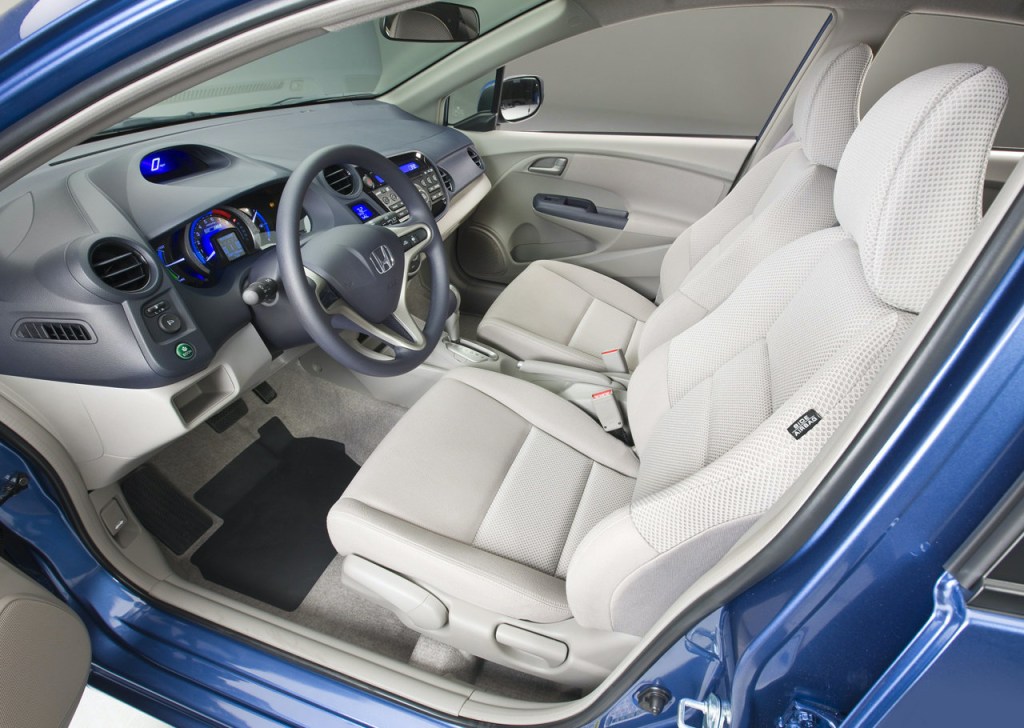
Gone and somewhat forgotten
During its time, the 2010-2014 Honda Insight garnered some good reviews from critics and consumers alike, but by 2014, dwindling sales figures caused Honda to pull it from the model line once again. Apparently, it’s lower MSRP (sub $20,000) compared to the Prius and it’s larger shape still couldn’t win over the public.

